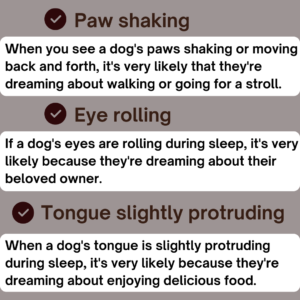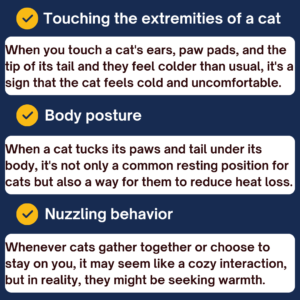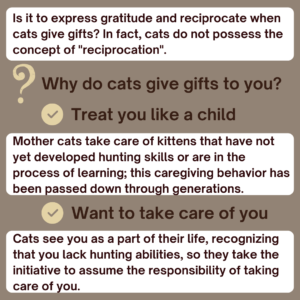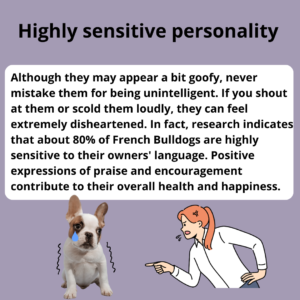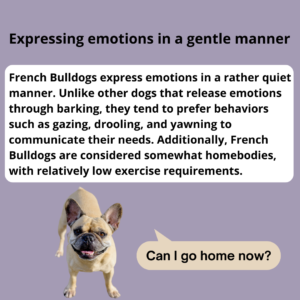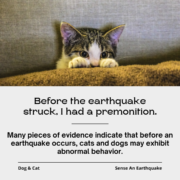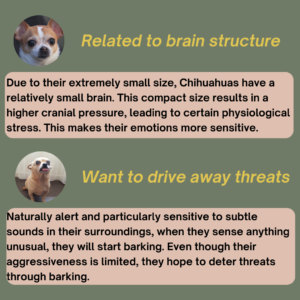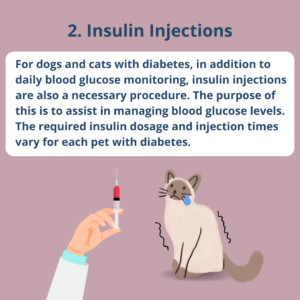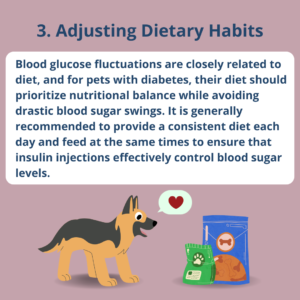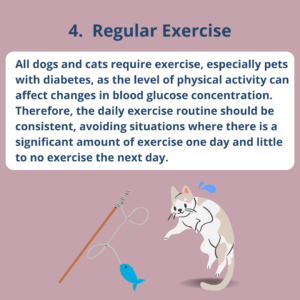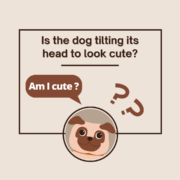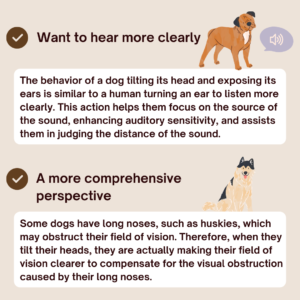Do you know about the world in a dog’s dreams?
Do you know about the world in a dog’s dreams?
Through the observation of brain waves, it has been discovered that dogs, like us, also enter into deep sleep phases. During this time, there are rapid eye movements and changes in breathing, much like when we dream. You may notice that dogs start to move their paws and even make some strange sounds during this time, which is actually their way of sleepwalking!
For many new pet owners, seeing their dogs shake or twitch their bodies while sleeping may cause concern, leading to worries about seizures and rushing to seek medical help. However, these movements are often just signs of dogs being deeply asleep and feeling quite comfortable.
These movements that deeply sleeping dogs make are often related to their activities during the day. It’s like the concept of “daydreaming at night.” These movements may be because dogs are re-experiencing their adventures from the day, such as chasing balls or playing with other dogs. So, when you see your dog exhibiting such behaviors during deep sleep, you can rest assured that it’s likely just a manifestation of pleasant memories deep in their minds, showing trust and a sense of security towards their family and environment.
☑️ Paw Shaking
When you see a dog’s paws shaking or moving back and forth, it’s very likely that they’re dreaming about walking or going for a stroll.
☑️ Eye Rolling
If a dog’s eyes are rolling during sleep, it’s very likely because they’re dreaming about their beloved owner or anticipating a delicious treat in front of them.
☑️ Tongue Protrusion or Mouth Closure
When a dog’s tongue is slightly protruding or its mouth is closed during sleep, it’s very likely because they’re dreaming about enjoying delicious food.

